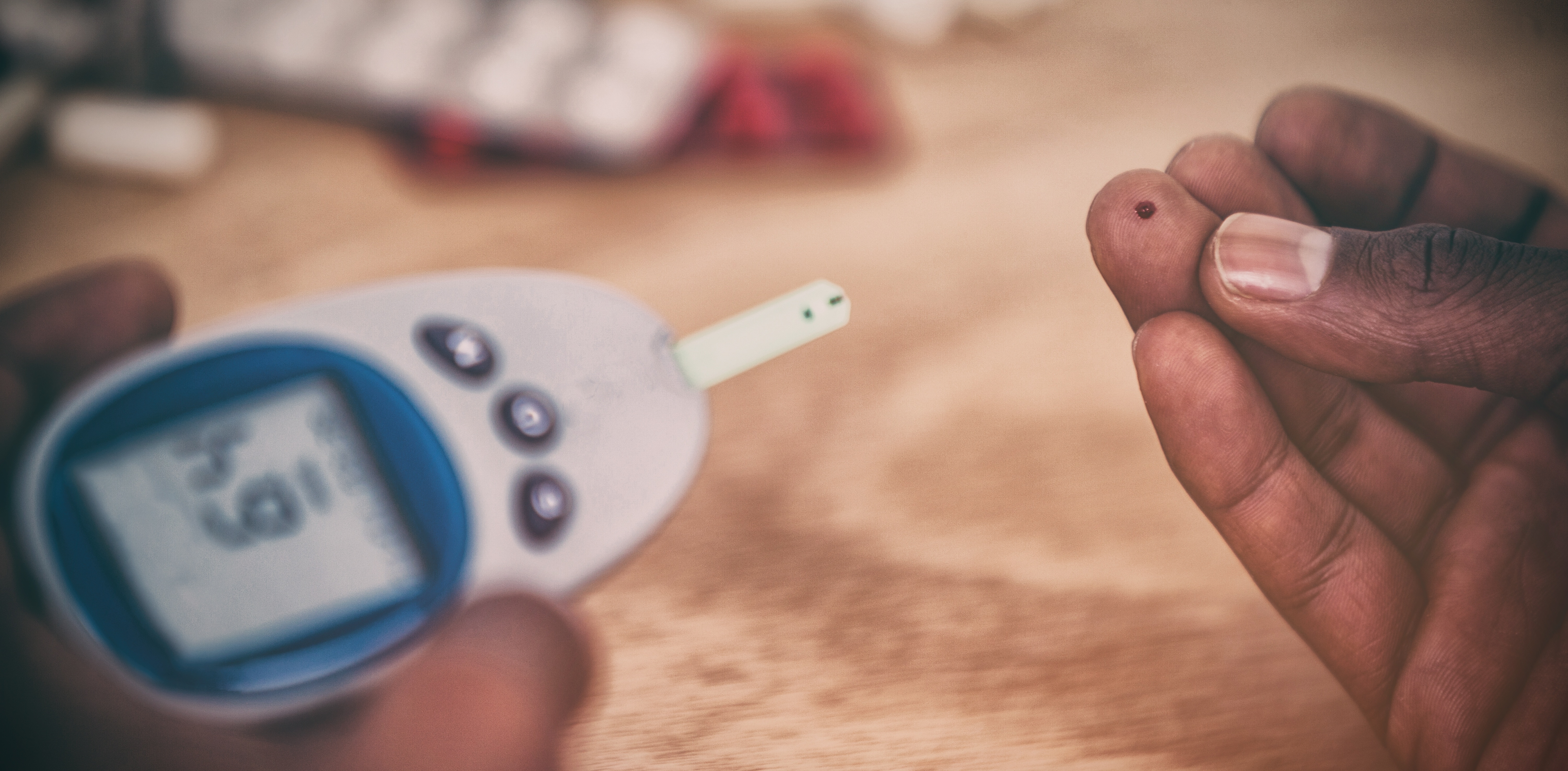
Diabetes is a disease that affects the body’s ability to convert glucose (sugar) into usable energy. According to the American Diabetes Association, approximately 8.3 percent of Americans are afflicted with the condition. ADA further asserts that 18.8 million people are diagnosed, with another 7 million people undiagnosed. Another 79 million people are prediabetic. With this diabetes such a widespread condition, the need for glucose meters is high.
What is a blood glucose meter?
A blood glucose meter is a medical device used to monitor a person’s blood glucose levels. The devices have become increasingly sophisticated as technology has advanced, leading to more accurate blood glucose level testing.
Why is a blood glucose meter important?
Blood sugar levels are connected to numerous body functions. As a result, failure to keep blood sugar levels regulated can cause significant health problems. The Mayo Clinic notes that uncontrolled blood sugar can cause damage to vital organs such as the heart and kidneys. The New York Department of Health adds that poor blood sugar levels can cause issues such as fast heartbeat, shaking, headache, irritability, vision problems and drowsiness. By using a blood glucose meter, a person can determine how much food or drink is safe to consume to keep blood glucose levels stable. They also can figure out whether they need to take medication to further stabilize their blood sugar. This can prevent or lessen symptoms related to diabetes.
What types of blood glucose meters are available?
Individuals who need blood glucose meters have several options from which to choose. When a person first is consulting with a physician about their health and blood sugar, the doctor often prescribes the use of a continuous meter, which provides many readings over several days to give the doctor an idea of best to treat the patient. Some meters are used to track glucose levels before and after eating or drinking. Many meters are of the all-in-one type, meaning the lancet is built in. Others include a blood pressure cuff, which is a benefit because many patients with diabetes also suffer from high blood pressure.
In the past, traditional blood glucose monitors required the patient to prick through his skin in order to obtain a physical blood sample. The glucose meter used the physical sample to provide a blood sugar level analysis. Today, thanks to technological advances, individuals can opt for wrist meters, which use electrodes to monitor blood sugar and therefore no longer require a person to prick the skin. Some meters even accommodate other health issues or disabilities. For example, there are meters that will “speak” the blood glucose result as an aid to the visually impaired. If a patient is unsure about what meter is best for him, his doctor can make suggestions about which type of meter would be a good fit. Many patients end up changing meters over time, either because technology advances and provides a better system or because the old meter wears out, so it is normal for patients to try several different meters to manage their health.
How much does a blood glucose monitor cost?
In some cases, individuals can get a very basic, no-frills blood glucose monitor completely free from diabetes- or health-related organizations, provided they have evidence from a physician or reputable medical facility that the meter is a medical necessity. Insurance companies typically cover the cost of blood glucose meters, as well, again requiring evidence of a medical condition connected to blood glucose. Some newer models with added features easily top $1,000 as of 2012, however, so if a person does not have insurance or cannot get approval through a diabetes- or health-related agency, meters can be costly.
References:
diabetes.org/diabetes-basics/diabetes-statistics/
health.ny.gov/diseases/conditions/diabetes/controlling_blood_sugar_importance.htm
mayoclinic.com/health/blood-sugar-control/MY01317
